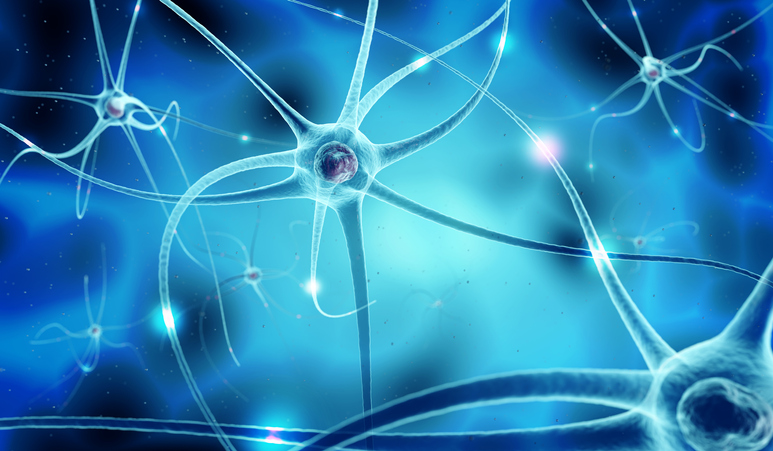Pain
Strength-Based Approach to Chronic Pain Management

Pain self-efficacy is an individual’s confidence in their ability to function effectively while experiencing pain. High pain self-efficacy may be associated with reduced pain levels, improved functionality, and decreased adverse mental health, such as depression or anxiety. While individuals with chronic pain may have lower pain self-efficacy, a strength-based approach to chronic pain management may increase pain self-efficacy, leading to improved pain outcomes and overall well-being.
Character strengths
Certain character strengths are associated with greater pain self-efficacy despite severe pain or its impact on the ability to function. They include, but are not limited to, the following:
- Zest
- Perseverance
- Hope
- Leadership
- Creativity
- Appreciation
Of these character strengths, zest has the greatest impact on pain self-efficacy. The character strength of zest involves being enthusiastic toward life, having a sense of vitality, and being able to invigorate or energize others.
How to obtain a strength-based approach
Individuals with chronic pain can take a strength-based approach to pain management by focusing on developing or improving character strengths. Specific behavioral changes, journaling, and regular self-assessment are examples of tools that can be used in a strength-based approach.
For example, an individual may intentionally develop zest as a character strength by looking for opportunities to experience and express enthusiasm, or by being motivated. They could utilize a journal to reflect on their efforts and any changes in their pain self-efficacy, pain levels, or other symptoms.
Additional sources: Psychology Today and Medium

















